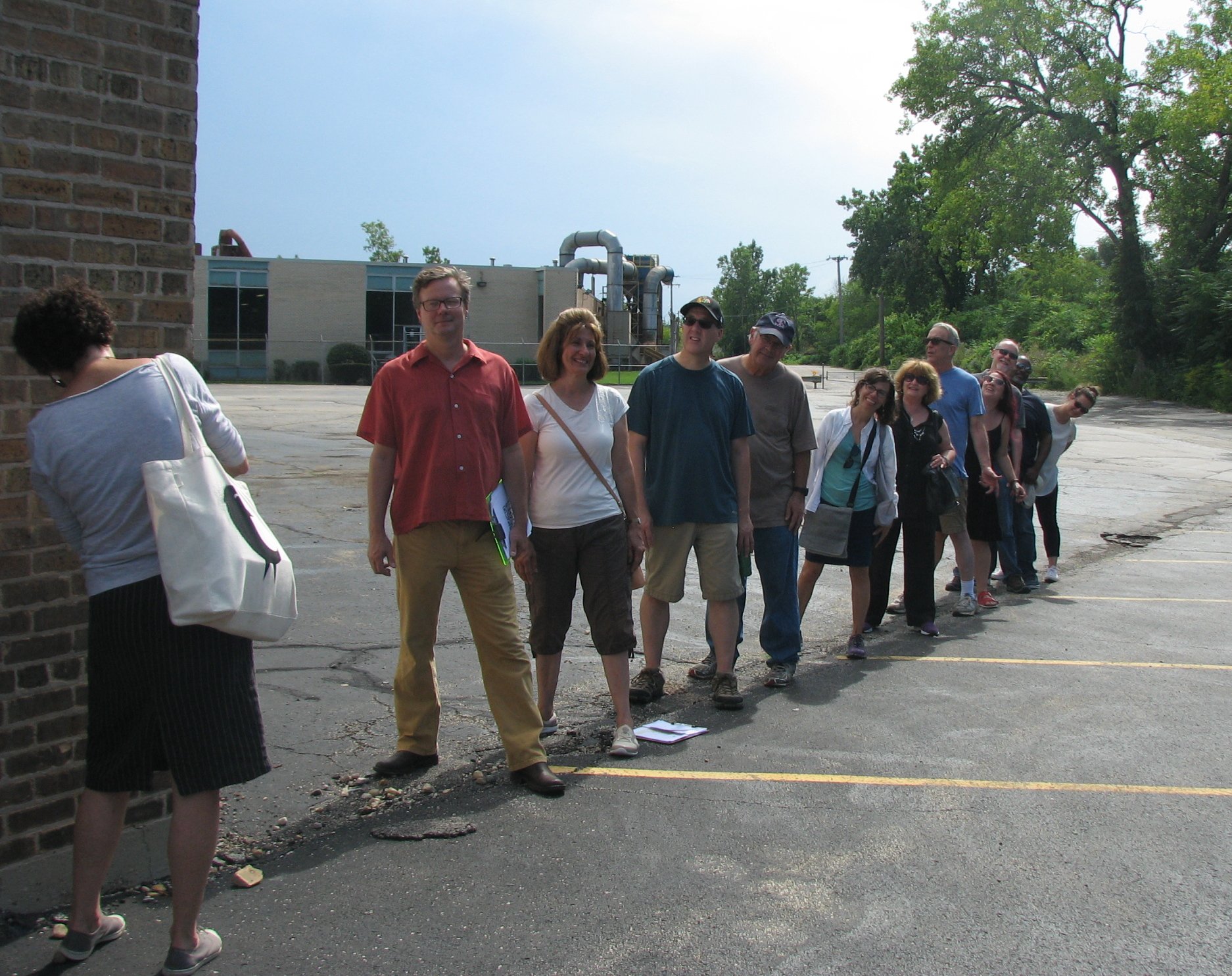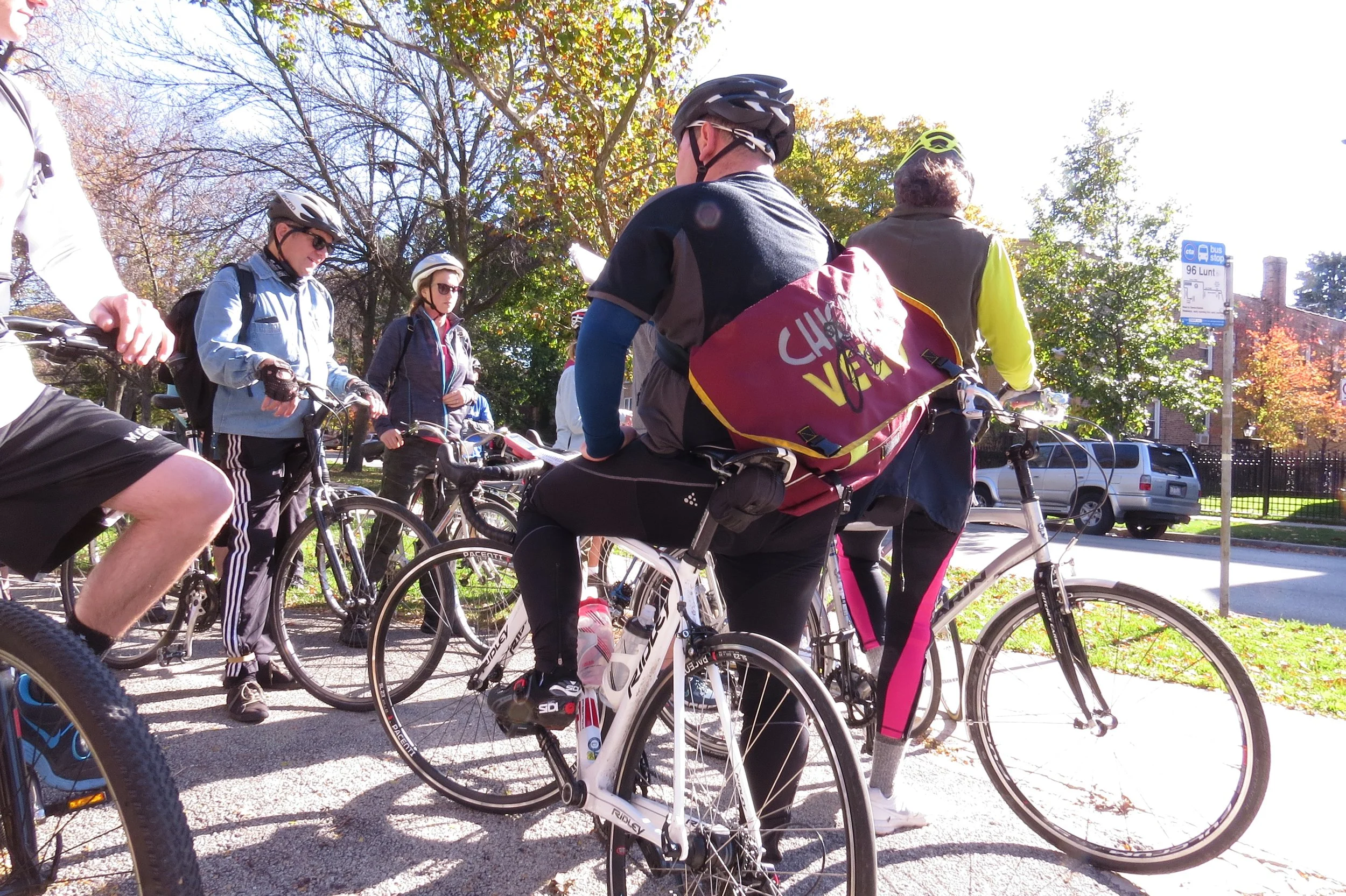Walk the Line
The Indian Boundary Line runs along Rogers Avenue on the Far Northwest Side and resulted from the U.S. Treaty of Saint Louis—a series of treaties between the United States and Native American tribes created between 1804 and 1824. These treaties dramatically reshaped the boundaries of what are now the Midwest States and served as the beginning of a new US policy of acquiring the land of indigenous Nations and displacing their people. These treaties were a continuation of a less official policy of land grabbing and Indigenous people displacement that began with the arrival of the first Europeans and continued with the formation of the American Colonies and the establishment of the United States.
The Treaty of St. Louis would serve as a precursor for Andrew Jackson’s administration, which no longer placed any importance in negotiating with separate Nations. The administration subsequently adopted a hardline policy leading to the Indian Removal Act—the forced displacement of all indigenous people east of the Mississippi River further to the West and away from their own lands—and the establishment of the doctrine of eminent domain.
The 1816 treaty, which several Native-American tribes signed, ceded a 20-mile corridor of land to the United States, and it was intended to provide safe passage to those traveling from Chicago to the Illinois River. The land north of the Indian Boundary Line remained a Native American reserve for several more decades, while the city’s development grew south of the line.
On Sunday, August 28, 2016, more than 50 Chicagoans participated in Walk the Line, a cultural walk and neighborhood tour that commemorated the 200th anniversary of the Indian Boundary Line.
The tour shared the history and identify landmarks Indian Boundary line in Jefferson Park, Forest Glen and Sauganash. Tours were guided by Good City Group team members and Chicago Velo. Architect and faculty member at the School of the Art Institute of Chicago, Odile Compagnon, led the tours of Forest Glen and Sauganash. Benet Haller, who is an urban planner and urban design advisor with the City of Chicago’s Department of Planning, led the Jefferson Park tour. The Chicago Velo bike tour was led by Benet Haller and Lee Diamond.
This well preserved residential area is a city treasure of architectural history from 1920-1950, and designated on the National Register of Historic Places.
The Good City group acknowledges that Chicago is located on the traditional unceded homelands of the Council of the Three Fires: the Ojibwe, Odawa, and Potawatomi Nations. Many other tribes such as the Miami, Ho-Chunk, Menominee, Sac, and Fox also called this area home. The region has long been a center for Indigenous people to gather, trade, and maintain kinship ties. Today, Chicago is one of the largest urban American Indian communities in the United States. We pay respect to the Council of the Three Fires nations, past and present, and honor the land itself which remains sacred.
We embrace our commitment to Indigenous rights, racial justice, and cultural equity.
Walk the Line, August 28, 2016
Walk the Line, August 28, 2016
Walk the Line, August 28, 2016, with Benet Haller
Walk the Line, August 28, 2016
Walk the Line, August 28, 2016
Walk the Line, August 28, 2016
Indian Boundary Bike tours, 2016
Indian Boundary Bike tours, 2016 with Lee Diamond.
Indian Boundary Bike tours, 2016
Indian Boundary Bike tours, 2016
Indian Boundary Bike tours, 2016












